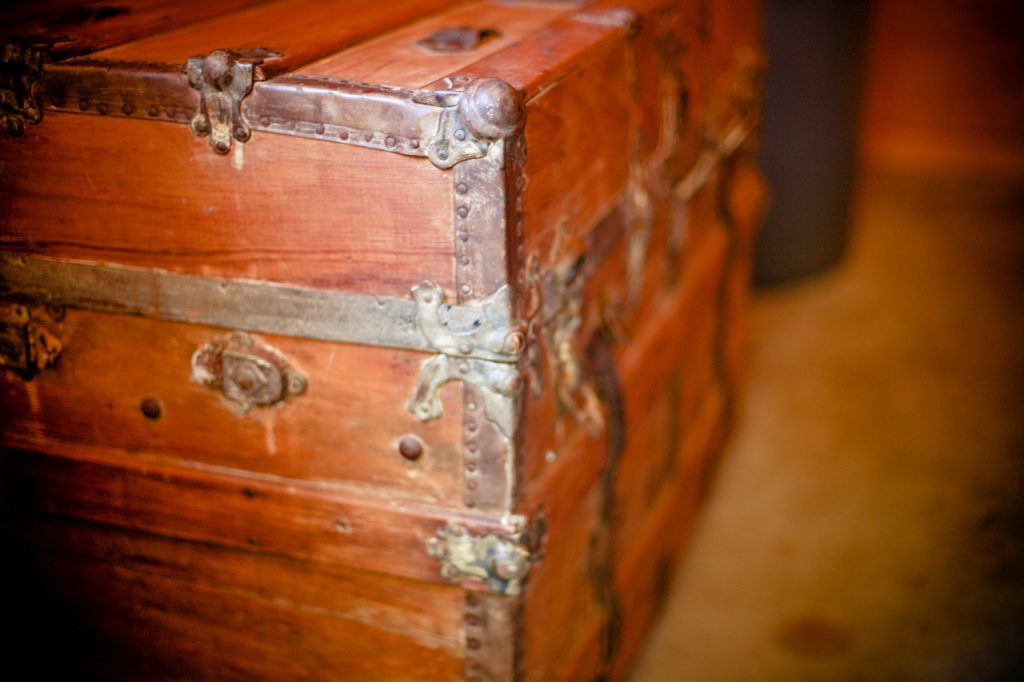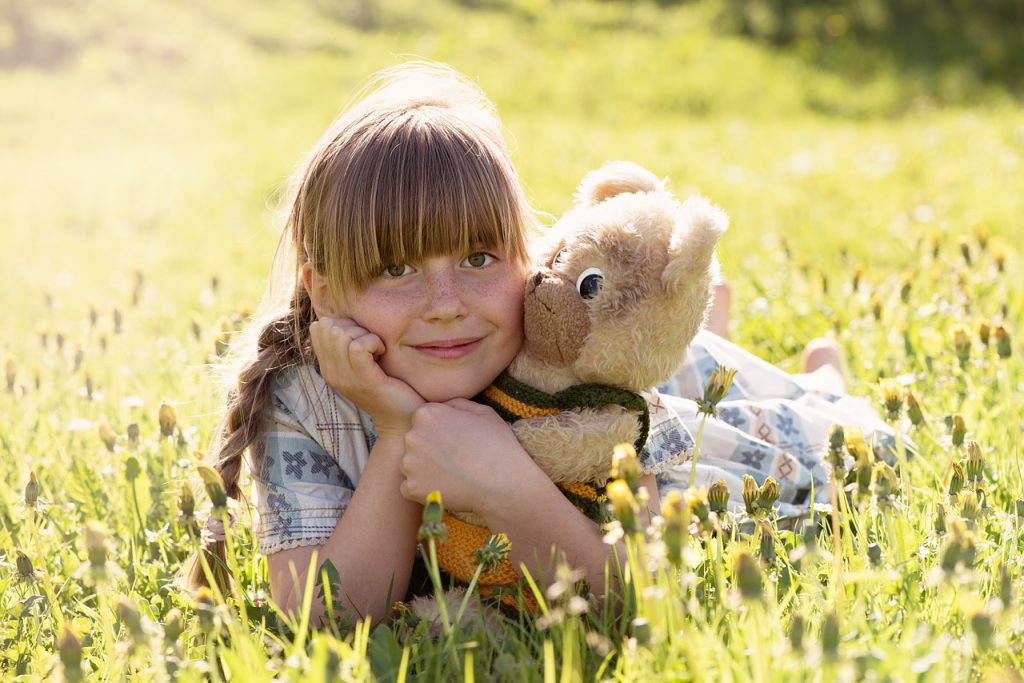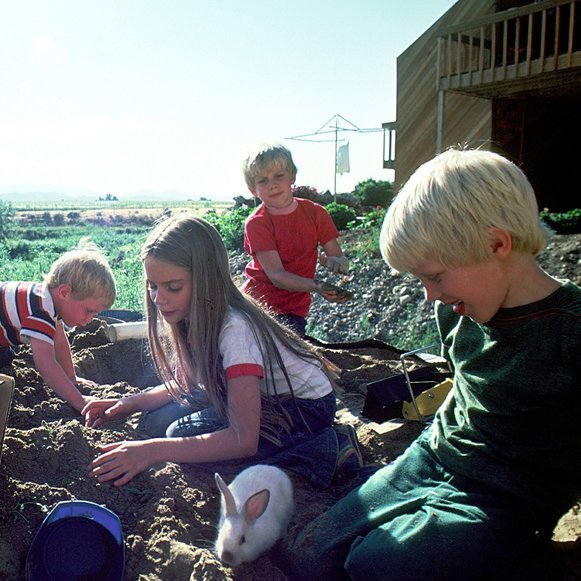Kids love hunting for treasure! You can hide just about anything and call finding it a game. At Easter we have them hunting for eggs in the garden, at other times of year games like ‘hot or cold’ and ‘hunting the thimble’ (which have been popular for centuries) can still easily engage their attention.
My favourite type of treasure hunt though is the clue setting hunt. It’s good because it comes with so much variation and encourages some really creative thinking from the children.
What is a clue setting treasure hunt?
The name might make it sound obvious, kids follow clues to find some hidden treasure, but how does that really work?
Someone is the clue setter, their job is to write and hide a series of clues. Each clue leads the other players to the next clue. The last clue leads them to some hidden treasure. I’d suggest that the first time you do this activity you play the role of clue setter yourself; in this way you’ll set an example of what’s expected. Further on, the real creative potential of this game is unlocked when children start creating their own hunts, but we’ll get to that.
Setting clues
You might want to hide the treasure first and write the clues in reverse order, starting with the last clue (which describes where the treasure is). The treasure could be anything at all, from sweets, to one of their existing toys, to some new present. I’d recommend making it something not too expensive or grand as the focus of the activity is more on solving the clues than on getting some great prize. It’s also much easier for them to make good hunts of their own if they can use something like an old teddy bear rather than feeling they need you to provide them with something remarkable.
Clues can take all manner of forms, they’re limited only by your own imagination and the level of complexity you think your children can handle. Simple clue forms might include instructions like: “the next clue is under a coaster in the living room”, or “you’ll find what you’re searching for under a chair in a room with blue walls” (use scotch tape to put clues under chairs and tables or in other less visible spots). We also like to set gentle descriptive riddles “I’m used for removing boots” (the next clue is in the shoehorn) “If you want to make some tea, first take this clue from out of me” (the clue is in the teapot).
For older children you could make the riddles more complicated or cryptic. You could also try adding in some other sorts of puzzles like some mathematics. If the answers to such puzzles can fit easily into a clue, great, if they can’t, just instruct the children to tell you the answer to the puzzle in return for the next clue.
The hunt is on
Once you’ve written all the clues and put them and the treasure in place (making sure to do so in such a way that the kids don’t notice you hiding them), it’s time to begin. Simply give the first clue to your children and tell them to work together to find the treasure. The hunt can be over very quickly or take a long time depending on the quantity and difficulty of the clues you’ve set.
Getting the most out of the treasure hunt
Obviously this activity is particularly work and time intensive for the clue setter. The first time you do the activity this means spending a long time on it yourself. The real joy of this game though comes afterwards. Once the example had been set our kids imaginations went wild.
As soon as they completed one hunt they wanted to start making their own. Their hunts have a tendency to be either very simple or too bizarrely cryptic to follow, but they’re very enthusiastic about explaining their own clues, so we usually get there in the end. Making hunts for each other, for us, even for guests to the house soon became something of a craze. Now “make a treasure hunt ready for when daddy gets home” is a sentence which gets their brains ticking over (without being focussed on a screen) every time.





